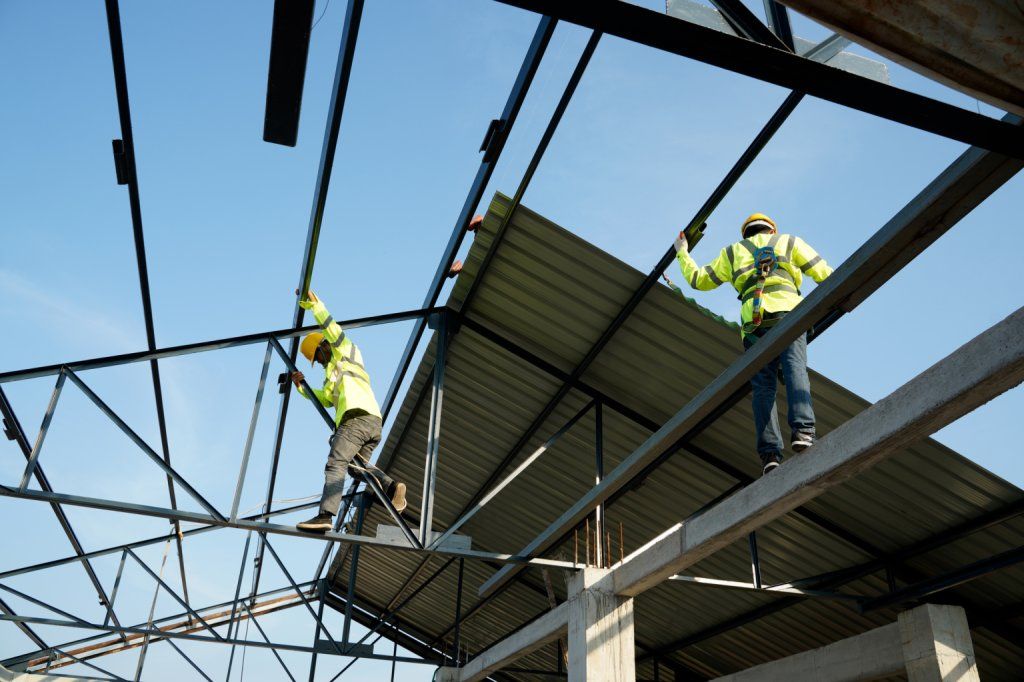Construction Industry Experiences Declining Momentum, Brighter Year Ahead Predicted

The construction sector slowed down as the year progressed, according to the December 2021 Dodge Construction Network report. The loss on the commercial side pulled the Dodge Momentum Index lower, despite gains in institutional planning. Dodge’s monthly momentum fell 4% in November to 171.1 from a reading of 178.1 in October for nonresidential building projects in planning, which have been shown to lead construction spending for nonresidential buildings by a full year. In November, commercial planning fell 8% while institutional planning moved 5% higher.
The year ahead holds promise, though. Deloitte’s 2022 engineering and construction industry outlook predicted a strong year ahead. It says the industry has made a significant recovery from the 2020 recession, though has also experienced multiple headwinds that are expected to persist.
The Dodge Momentum Index remains near a 14-year high, despite facing issues and a lack of underlying demand for some building types such as offices and hotels. Compared to November 2020, the Momentum Index was 44% higher in November 2021. The commercial planning component was 45% higher, and institutional was 41% higher.
There was a total of 10 projects with a value of $100 million or more entered planning in November, reported Dodge Construction Network. The leading commercial projects were a $240 million Seefried Industrial Properties warehouse in Mesa, AZ, and a $158 million Prologis warehouse in Lebanon, TN. The leading institutional projects were the $450 million Wake Forest Baptist Medical Center in Winston-Salem, NC, and the $241 million Hoboken High School in Hoboken, NJ.
Planning data continues to suggest a healthy level of construction to come in 2022. However, due to higher prices and shortages of labor, actual growth is expected to be modest. The new Omicron variant for COVID-19, and its potential impact on economic growth, highlights the tremendous uncertainly the construction sector will face over the coming year.
The value of nonresidential building projects continues to move in a sawtooth pattern, alternating between a month of gains followed by a loss, says Dodge. Since the pandemic began, nonresidential building projects entering planning have been more volatile than in past cycles, likely driven by increased challenges from higher prices and lack of labor.
Deloitte’s report indicates the industry will continue to support the nation’s growth as it moves past the 2020 recession, which was among the shortest ever, but its impact continues to be felt across both the larger U.S. economy and the engineering and construction industry.
Deloitte researchers wrote, “In 2022, as we move into the second year of recovery, the industry has a big role in supporting the nation’s growth plan. The Infrastructure Investment and Jobs Act (IIJA), with investments across health care, public safety, and other public infrastructure, is expected to bode well for the engineering and construction firms and is likely to accelerate recovery across the nonresidential segment. The residential segment is expected to stay strong and exhibit similar activity as it did in 2021.”
The industry has increased its investments in digital, including through mergers and acquisitions, as it prepares to shift toward connected construction capabilities, noted Deloitte. These technologies can help firms support initiatives such as smart cities, urban air mobility, and climate change programs and help enhance internal operational efficiencies, reduce costs, and improve margins. 2022 is expected to be another rewarding, albeit challenging year, and the engineering and construction industry looks to be poised to capture growth opportunities.
A Trusted Guide in Commercial Real Estate
Coldwell Banker Commercial® provides Commercial Real Estate Services from Property Sales and Leases, to Property Management. Learn how our expansive network of Independently Owned and Operated Affiliates and Real Estate Professionals use their in-depth knowledge of the local market and industry trends to help businesses and investors navigate the complexities of the commercial real estate landscape.






